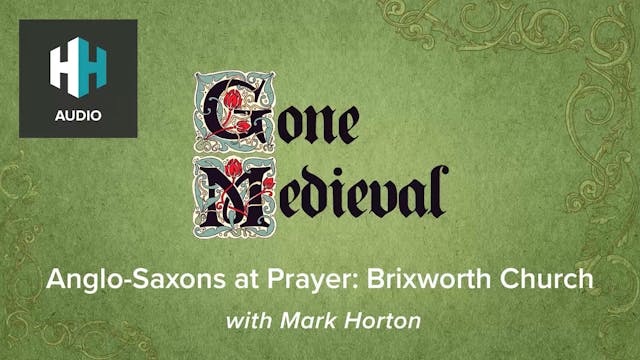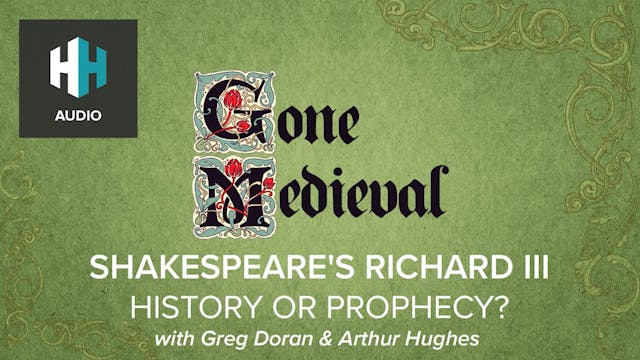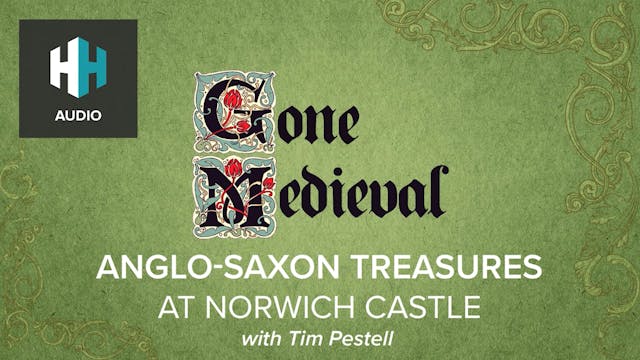The twelfth and thirteenth centuries were a time when the close friendship or petty feuding between monarchs could determine the course of history. The Capetians of France and the Angevins of England waged war, made peace, and intermarried. The lands under English control once reached to within a few miles of Paris, and those ruled by the French, at their peak, crossed the Channel and encompassed London itself. Influential women of the two royal families - including Eleanor of Aquitaine and Blanche of Castille - helped create the familial bonds that shaped the fate of the two countries.
In this episode of Gone Medieval, Matt Lewis talks with Dr. Catherine Hanley to trace the great clashes and occasional friendships of two intertwined dynasties that shaped the present and the future of England and France.
The Senior Producer on this episode was Elena Guthrie, the Producer is Rob Weinberg. Edited and Mixed by Seyi Adaobi.
For more Gone Medieval content, subscribe to our Medieval Mondays newsletter: https://www.historyhit.com/sign-up-to-history-hit/?utm_source=timelinenewsletter&utm_medium=podcast&utm_campaign=Timeline+Podcast+Campaign
Up Next in 🎧 Gone Medieval
-
🎧 Anglo-Saxons at Prayer: Brixworth C...
All Saints’ Church in the village of Brixworth, Northamptonshire is one of the oldest, largest and most complete Anglo-Saxon churches in England. Founded in the eighth century, it has been described as “the finest Romanesque church north of the Alps.”
In this episode of Gone Medieval, Dr. Cat Ja...
-
🎧 Shakespeare's Richard III: History ...
Richard III is one of Shakespeare’s most controversial plays, often cited as the basis for the King’s reputation as a scheming murderer. But what do the Bard’s history plays tell us about the period they are set in and how that era was viewed in Shakespeare’s time? Are there allusions to Elizabet...
-
🎧 Anglo-Saxon Treasures at Norwich Ca...
Norwich Castle was designed by William the Conqueror to be a royal palace. But no Norman kings ever lived in it. Instead it became a gaol and then - in the Victorian era - a museum, which is today packed with archaeological finds that lift the lid on life in Anglo-Saxon East Anglia.
In this edit...




1 Comment